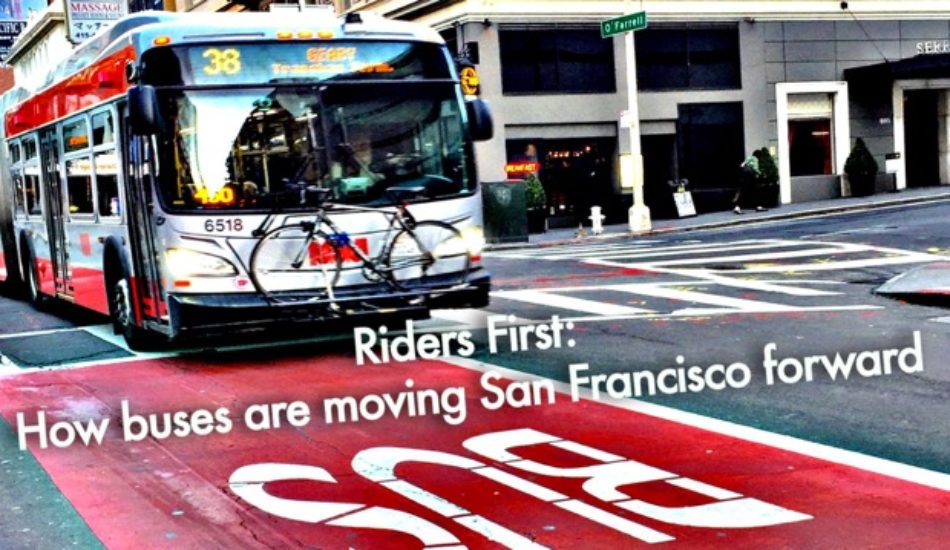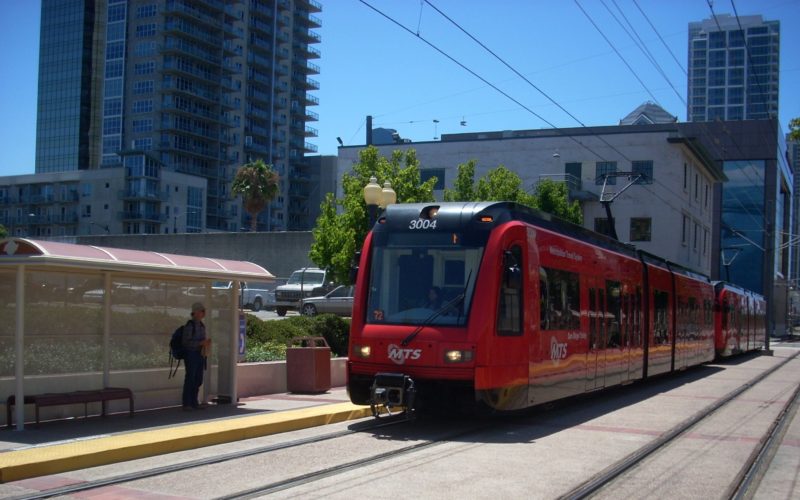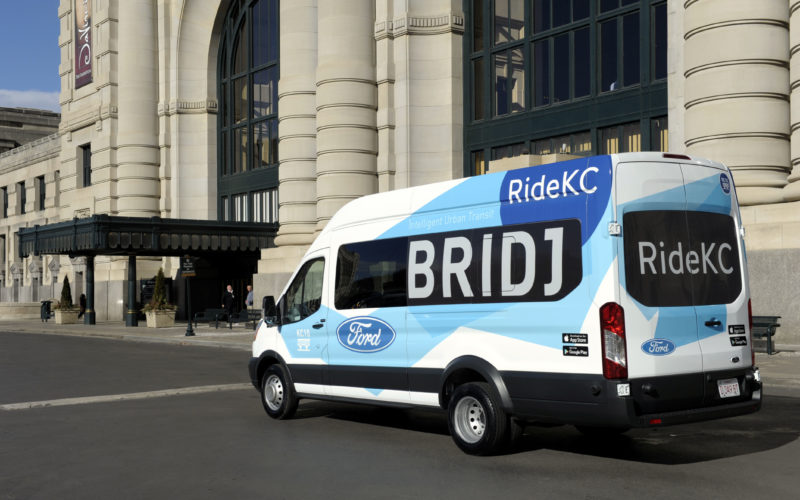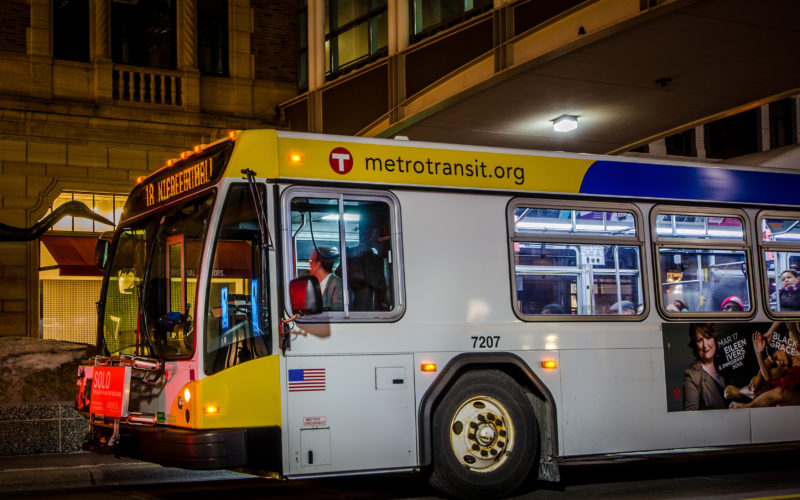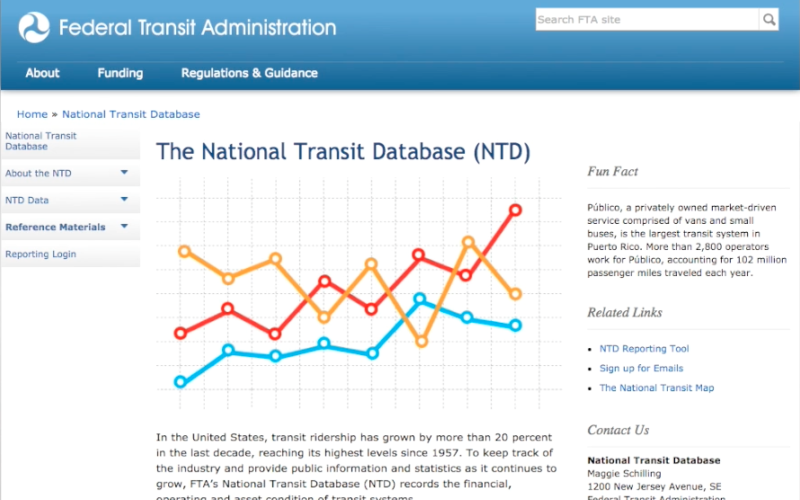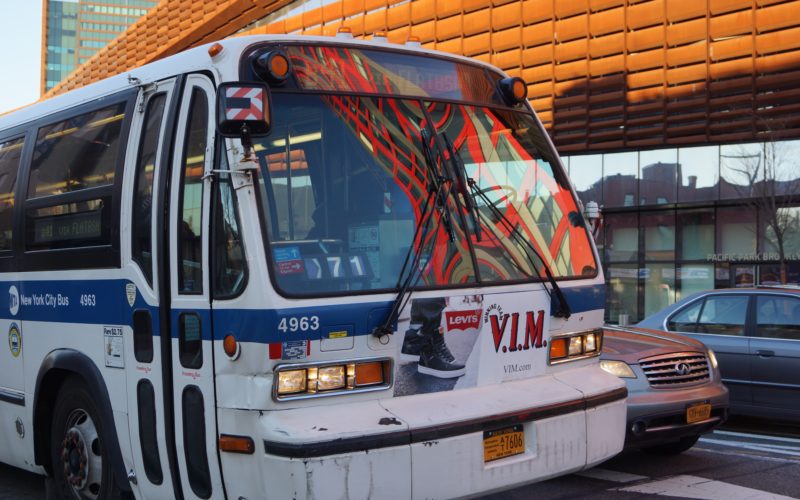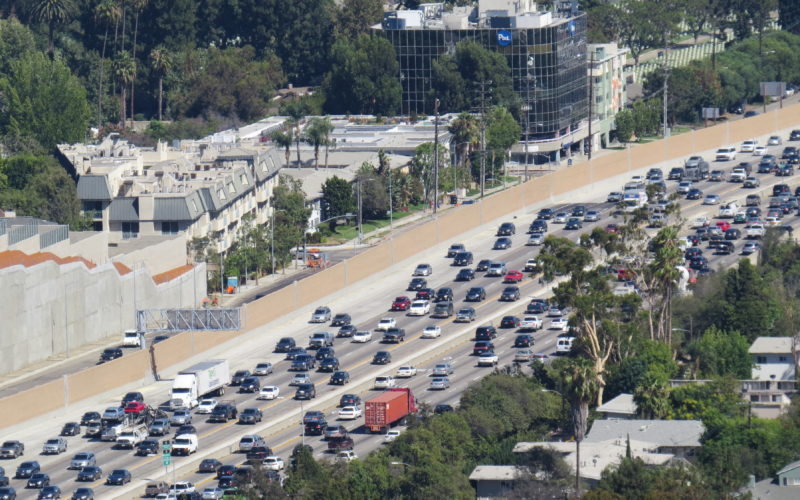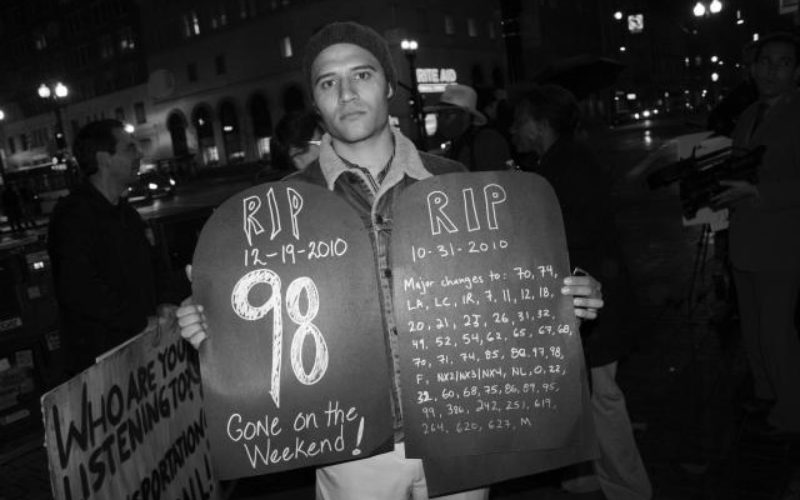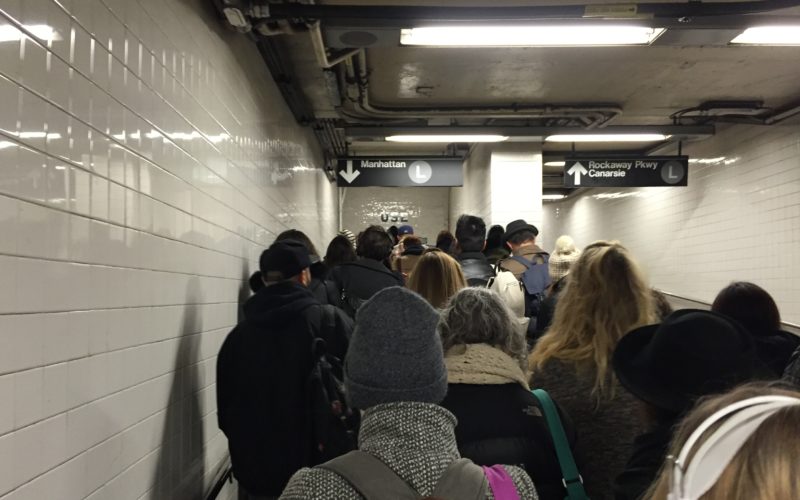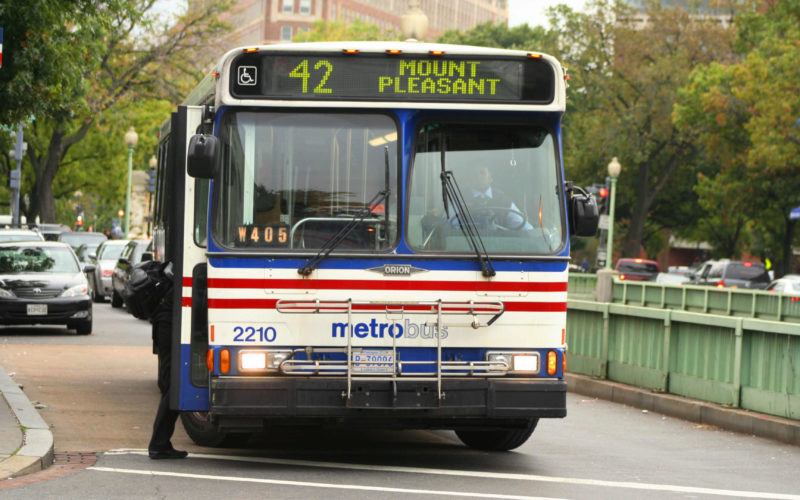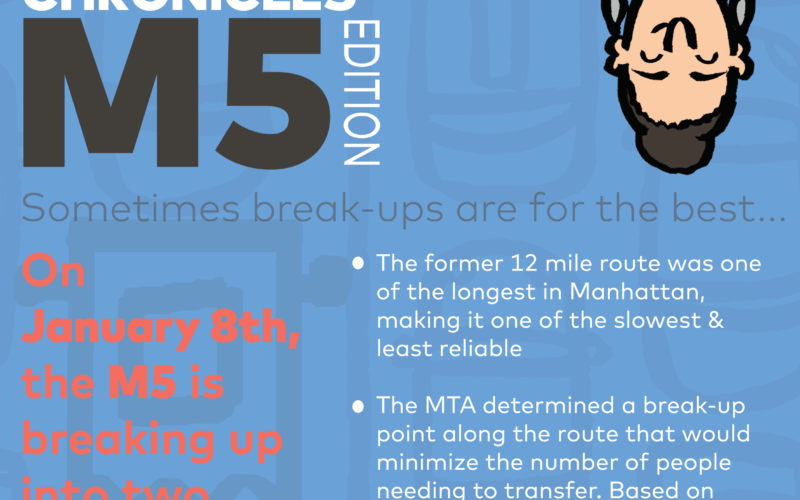The unsung hero of San Francisco is the humble city bus, which moves more than 500,000 people through the city every day.
TransitCenter recently sat down with Jim Stone, executive director of Circulate San Diego. Circulate is an advocacy organization dedicated to creating better mobility choices in San Diego.
It’s nearly a year to the day since the Kansas City Area Transit Authority launched an on-demand transit service pilot project with Bridj.
As a follow-up to our post about how to download and interact with National Transit Database (NTD) ridership data, we wanted to further explore how to interpret and use this data.
The 2016 national transit ridership data was just released, so we created a video to help you figure out how to access and use the data:
We've done some analysis, and have come up with a list of the top 10 NYC streets that should have bus lanes or other transit priority measures.
Today’s conversation about “smart cities” is driven by buzzwords like ‘big data’ and ‘internet of things’ that veil how vague their promises are.
Unlike death and taxes, funding for transit is never guaranteed. However, the arrival of the Trump administration brings unprecedented levels of uncertainty to federal transportation funding programs.
The impending departure of MTA Chair Tom Prendergast provides a moment to take stock of the Metropolitan Transportation Authority’s approach to the transit issues facing New York.
Read MoreA new Administration and Congress are arriving in Washington, and transportation players there are engaged in their biennial ritual: speculating about a federal transportation package.
Read MoreThe ongoing crisis at Metrorail makes it all the more puzzling that so little has been done by local governments to prioritize Metrobus, which lost riders in 2016.
Read MoreOn January 8th, the M5 bus is breaking up into two shorter routes, the M5 and the M55. The M5 was one of the longest routes in Manhattan, and one of the slowest and least reliable as a result.
